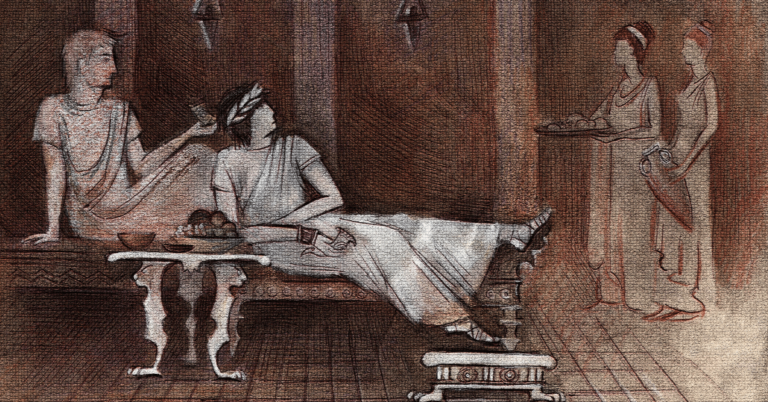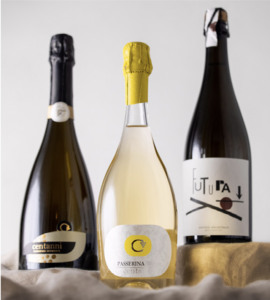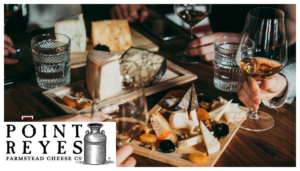The Charming History Behind Why We Pair Wine With Cheese
I’ve lost count of the times I’ve enjoyed a glass of wine together with a plate of cheese, but you may be surprised to know that this perfect combination has been around for a long time. Cheese was discovered around 10,000 years ago, when fermentation was first used to make milk last longer while wine started tempting people a mere 2,000 years later!
Have you ever wondered why we pair wine and cheese?
What Grows Together Goes Together
This adage goes a long way toward explaining how a lot of dishes came about. In this case, European villagers often grew grapevines and raised milking cows on the same property.
Soon, the Italian wine regions came up with these traditional pairings:
- Scimudin cheese with our Madrevite – ‘Elve’ D.O.C. Trasimeno Grechetto – These match perfectly thanks to the aromas of wildflowers and fresh hazelnut notes in the ‘Elve’, from the region of Umbria, which perfectly enhances the aged, buttery, brie-style cheese produced in the province of Sondrio.
- Casciotta d’Urbino PDO cheese with our Lumavite LAFRENIOS FALERIO D.O.C. – The complexity of the Trebbiano, Pecorino, and Passerina grapes in this vintage blends with the citrus, fresh green grass, and nutty flavor of this crumbly Italian cheese.
- Asiago Pressato cheese with our Centanni-Pecorino D.O.C.G. – Here, the Pecorino’s crisp, aromatic, citrus tones pairs superbly with the Asiago’s mild acidity. While the Centanni-Pecorino D.O.C.G. is from the Marche region, Asiago Pressato is originally from the Asiago plateau in the regions of Veneto and Trentino-Alto Adige.
The Science Behind Wine and Cheese Pairings
Although winemaking and cheesemaking flourish together, they still possess an “opposites attract” relationship. Think about the contrast between the fatty, savory flavor of cheese and the acidity and fruity notes of wine.
Whether you take a sip of wine or nibble on a piece of cheese first, they still come together so magically. It’s no wonder wine and cheese, together and separately, have been delighting us for millennia.
Puzzled by this, scientists have researched the science behind this mouthwatering combination.
Astringent and Fat Substances Combined
You probably know the rule of thumb that goes “red wine with red meat,” suggesting that high tannin wines should be balanced with fatty food. This food tip prompted researchers from the National Institutes of Health to study in 2012 how astringent substances such as wine can break down proteins in the mouth, acting as a “palate cleanser.”
Scientists wanted to find out how the “mouthfeel” sensation plays a role in how individuals perceive food pairings. They concluded that when flavors that sit far on the opposite sides of the taste scale are combined, they can potentially be perceived as a good match.
Influence of Cheese on Wine Perception
Apparently, this food pairing continues to intrigue researchers. In 2016, a team in France conducted a study to observe the Temporal Dominance of Sensations (TDS) for wine and cheese pairings.
A group of 31 French wine and cheese consumers were asked to evaluate four wine varietals (Bourgogne, Madiran, Pacherenc, and Sancerre) paired with four types of cheese (Comté, Epoisses, Crottin de Chavignol, and Roquefort).
The scientist observed that the participants’ observations about the wine changed significantly while consuming cheese compared to when they drank each wine by itself.
While it’s fascinating to learn about the scientific research and history of wine and cheese pairings, combining these delicacies is genuinely an art form. Take a look at our wine selection and find the best match for your next wine and cheese pairing.







